L'implant dentaire radiculaire conventionnel
L’implantologie est une discipline de la chirurgie ORALE
qui consiste à remplacer LES racineS dentaireS perdueS
par DES implantS dentaireS
l'IMPLANT DENTAIRE EN titane ou EN zircone
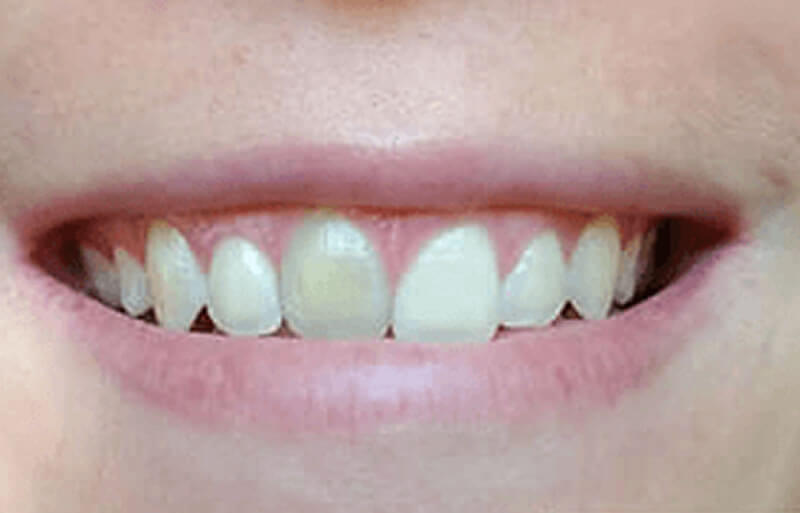
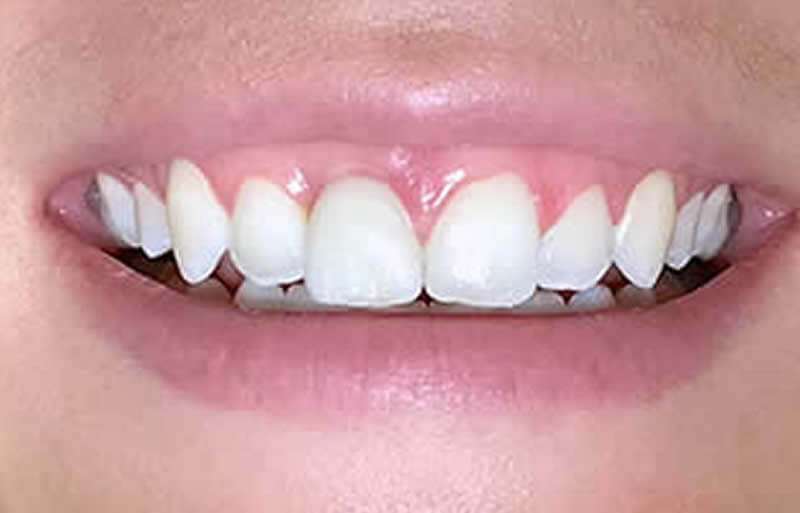

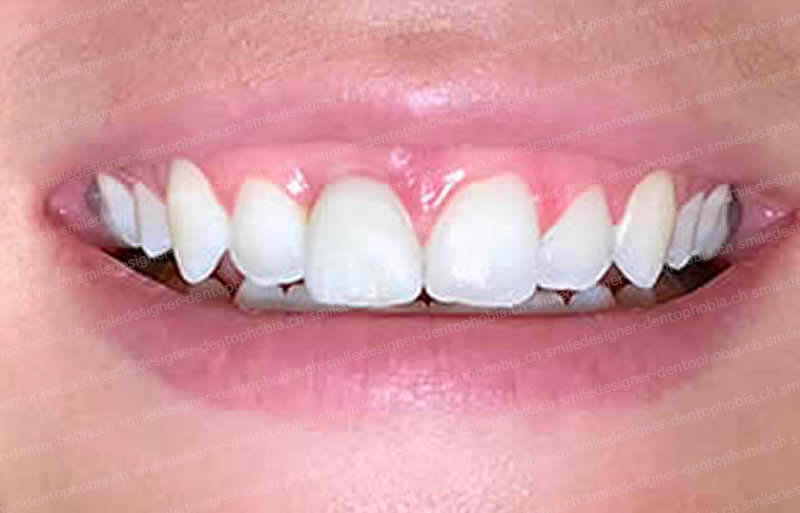
QU’EST-CE QU’UN IMPLANT DENTAIRE?
L’implantologie est une discipline de la chirurgie dentaire qui consiste à remplacer une racine dentaire perdue par un implant dentaire.
L’implant dentaire (également appelé ancrage radiculaire artificiel) est une racine artificielle sous la forme d’une vis. L’implant dentaire est fabriqué en titane ou en zircone. Il est inséré par vissage ou impaction dans l’os alvéolaire du maxillaire ou de la mandibule (mâchoires supérieur et inférieur).
Le chirurgien-dentiste peut fixer sur cet implant dentaire une prothèse dentaire pour remplacer des dents manquantes à la suite d’extractions dentaires ou d’agénésie.
La racine artificielle ainsi constituée par l’implant dentaire sert d’ancrage à la fixation à des prothèses dentaires comme :
- une prothèse dentaire amovible (dentier).
- des couronnes cosmétiques en céramiques,
- des bridges en céramique
Les couronnes ou bridge sont scellées ou transvissées sur les implants
L’os cicatrise autour de cet implant dentaire en titane ou en zircone en 3 mois. On parle alors d’ostéointégration de l’implant dentaire.
Après ostéointégration, l’implant dentaire est solidement solidarisé à l’os.
Les techniques d’implantologie les plus novatrices permettent de mettre en charge des implants dentaires immédiatement au moment de leur pose. On parle alors de mise en charge immédiate des implants dont l’abréviation est MCI. Ces techniques sont particulièrement utilisées lors de réhabilitation orale complète. C’est à dire le remplacement de toutes les dents.


En quels biomatériaux sont faits les implants dentaires?
Les deux matériaux utilisés sont la zircone et le titane. Tous deux sont résistants et biocompatibles c’est à dire compatible avec le milieu biologique vivant.
Les implants dentaires en titane:
Les implantologues utilisent un titane médicalement pur à 99% ou un alliage pour une plus grande résistance mécanique. Le titane est l’un des métaux les plus biocompatibles avec l’or et le platine. C’est à dire que les fluides corporels n’ont aucune action sur lui et que l’allergie au titane est extrêmement rare.
Il est extrêmement résistant avec un module d’élasticité proche de celui de l’os. Cette élasticité idéale sans déformation excessive favorise le remodelage osseux en obligeant l’os à travailler. Cette caractéristique confère au titane ses qualités de biomatériau, agissant en prévention du stress shielding ou ostéoporose péri-implantaire.
Les implants en zircone :
La zircone ou dioxyde de zirconium (ZrO2) est une céramique polycristalline. Dans sa forme zircone Y-TZP (Yttria tetragonal Zirconia Polycrystal) c’est une céramique technique utilisée en médecine et en dentisterie. Elle présente l’avantage d’être esthétique et hautement biocompatible.
En effet, après traitement par frittage, sa couleur est blanche, ce qui en fait un métal de choix pour éviter les reflets gris après la pose de prothèse dentaire. Ses propriétés chimiques, thermiques et physiques, en particulier son module d’élasticité similaire à celui de l’os, sont d’un grand intérêt en implantologie dentaire.
Le choix d’un implant zircone plutôt qu’un implant titane alimente beaucoup de discussions au sein de la profession.
En particulier les tenants de la médecine holistique versus les autres qui pratiqueraient une médecine traditionnelle moins « globale ».
Un argument des « holistiques » en faveur des implants en zircone serait que celui-ci ne serait pas dans un métal mais un biomatériau. Cela éviterait les risques d’intolérance.
Nonobstant le fait que la zircone est un dérivé métallique la discussion ne se situe pas à ce niveau.
Il se trouve que la zircone est plus cassante que le titane. A volume égale ce dernier est plus résistant ce qui permet des implants plus fins. Or le volume osseux disponible est le paramètre déterminant dans la pose d’implant. En particulier l’espace biologique osseux. C’est à dire l’os résiduel autour de l’implant qui apporte la vascularisation périphérique. La présence de cette dernière est prépondérante dans la limitation de la résorption osseuse autour de l’implant ou péri-implantite.
Les implants en zircone à résistance égale sont plus gros que les implants en titane. C’est pour cette raison que l’implant en titane est préféré à l’implant zircone. Car il permet une meilleure économie tissulaire osseuse lors de la pose de par leur finesse. La vascularisation est moins sectionnée et l’os bien vascularisé plus stable dans le temps.
VOUS ÊTES UNIQUE !
CAS CLINIQUES D'ÉDENTEMENT DENTAIRE TRAITEMENT PAR DES IMPLANTS DENTAIRES
POURQUOI FAIRE LE CHOIX D’UN IMPLANT DENTAIRE?
À la suite d’une maladie parodontale ou de caries dentaires très destructrices, une personne peut perdre une partie ou la totalité de ses dents. On dit que le patient est édenté partiel ou édenté total.
Si une dent est manquante
Si une dent est manquante cela rend la mastication difficile. Les dents adjacentes à l’édentement ont tendance à se verser et les dents antagonistes à s’agresser. Dans ces conditions, le risque de caries dentaires est accru et l’engrènement naturel, appelé occlusion dentaire des dents ou morsure, va se désorganiser.
Bien sûr, l’esthétique du sourire perdra aussi son harmonie.
Dans ces cas d’édentement dentaire, l’implantologie prend le relais en posant une vis en titane ou en zircone dans l’os de la mâchoire. Cette vis servira de racine artificielle pour la future couronne dentaire prothétique en céramique. L’implant dentaire est inséré lorsqu’une racine dentaire naturelle est absente. On fixe ensuite une couronne dentaire prothétique en céramique sur cet implant dentaire pour remplacer la partie visible de la dent : la couronne dentaire.
L’implant dentaire remplace donc avec une couronne dentaire prothétique une dent manquante. Il tient un rôle à la fois fonctionnel et esthétique.
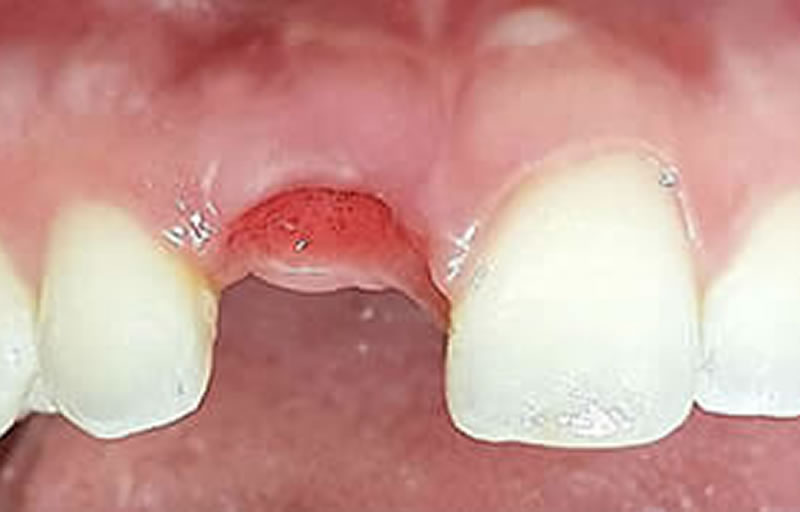
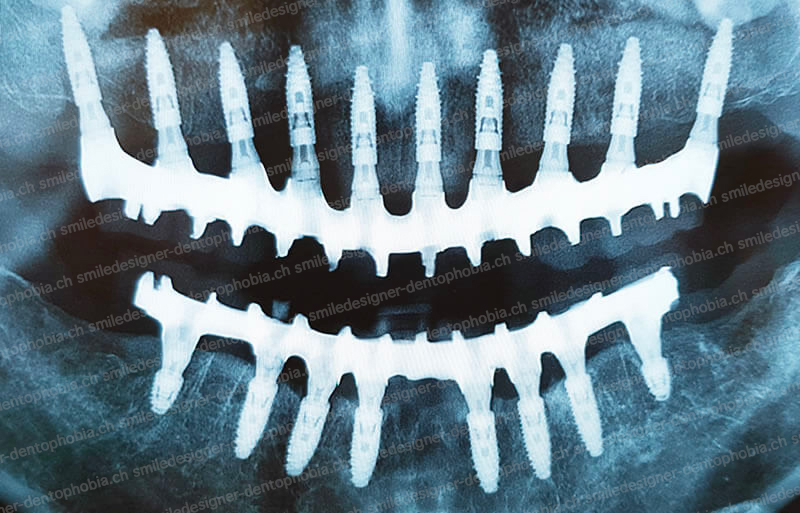
SI PLUSIEURS DENTS SONT MANQUANTES
Si un patient a besoin de la pose de plusieurs implants dentaires, une simulation du déroulement du protocole opératoire peut être envisagée.
Cette simulation est réalisée grâce à des moyens numériques qui permettent une adaptation totale du traitement aux besoins du patient.
Il peut arriver que l’os alvéolaire des mâchoires manque d’épaisseur ou de hauteur pour pouvoir y visser un implant dentaire de taille approprié. La solution est de recourir à une greffe osseuse, une expansion longitudinale, ou un comblement des sinus. C’est ce qu’on appelle de façon générique : La « chirurgie pré implantaire » qui fait partie de la chirurgie orale.
COMMENT L’IMPLANT DENTAIRE EST-IL INSÉRÉ DANS L’OS?
On distingue deux grands groupes d’implants dentaires: les implants dentaires radiculaires conventionnels et les implants zygomatiques.
Les implants dentaires conventionnels
Pour les implants dentaires conventionnels, deux types de techniques d’insertions sont possibles :
- L’implantologie à insertion axiale : Les implants dentaires sont insérés dans leur axe longitudinal après le forage d’un logement adapté en longueur et diamètre. Les implants dentaires sont vissés ou impactés dans l’os des mâchoires ;
- L’implantologie à insertion latérale : Elle est caractérisée par l’implantologie basale spécifique aux maxillaires qui présentent une atrophie. L’implant (appelé Diskimplant) a ici une forme de T et est inséré latéralement dans le maxillaire.
L’implantologie à insertion latérale est controversée. Elle est désormais désuète, car il existe toutes les solutions de greffe osseuse préimplantaire pour reconstruire l’os basal maxillaire. Toutefois, elle garde un intérêt dans les sévères atrophies des mâchoires où les greffes osseuses sont exclues.
Lorsque l’os est résorbé: les implants zygomatiques
Pour les implants zygomatiques, la technique de pose consiste à insérer latéralement des grands implants dentaires dits zygomatiques à la base du maxillaire supérieur et au pied de l’os malaire qui constitue l’os de la pommette.
Les implants zygomatiques sont posés par paires symétriques (entre deux et trois paires au maximum). Ils permettent d’équiper d’une prothèse implanto-portée des patients totalement édentés avec une forte résorption des bases osseuses du maxillaire supérieur sans greffes osseuses.
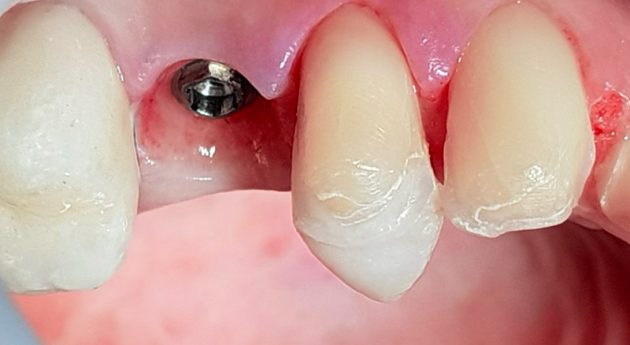
NOUS RÉPONDONS À VOS QUESTIONS
SUR L'implantologie
Le médecin-dentiste répond à vos questions les plus fréquemment posées. Si votre cas clinique n’est pas mentionné, veuillez le contacter pour une consultation.
La pose d’un implant dentaire est l’option la plus adaptée pour remplacer une dent. L’implantologie dentaire est la discipline la plus moderne et la plus aboutie pour remplacer les dents manquantes. L’implant dentaire est fonctionnel au plus près de l’anatomie dentaire. Il préserve le capital osseux. Il est réalisé par le biais d’un protocole très sécurisé.
Les implants dentaires, une fois posés, prennent naturellement la place des anciennes dents, sans problème d’inconfort ou d’inesthétique.
La pose d’implants dentaires résout les problèmes de mastication rencontrés par les patients qui ont perdu une ou plusieurs dents.
En effet, l’édentement rend la digestion difficile en diminuant absorption des vitamines, minéraux, fibres et protéines par l’organisme, et en favorisant l’augmentation du mauvais cholestérol, le LDL.
La pose d’un (ou plusieurs) implant(s) dentaire(s) est totalement indolore. L’intervention est réalisée sous anesthésie locale mais aussi sous sédation dentaire par voie intraveineuse avec un médecin anesthésiste réanimateur qui assiste le dentiste implantologue au cabinet dentaire.
La pose d’implants dentaires présente des taux de succès de 95% sur une période allant jusqu’à quinze ans. Si le patient est face à un échec implantaire, la pose d’un nouvel implant peut être réalisée après seulement quelques mois, et avec les mêmes taux de succès implantaires.
Si des implants dentaires sont posés, la fonction de cet os est retrouvée. Cela permet de maintenir la masse osseuse en stimulant l’os maxillaire par pression grâce à la reprise d’une mastication efficace. L’implant dentaire reprend le rôle de la racine naturelle.



